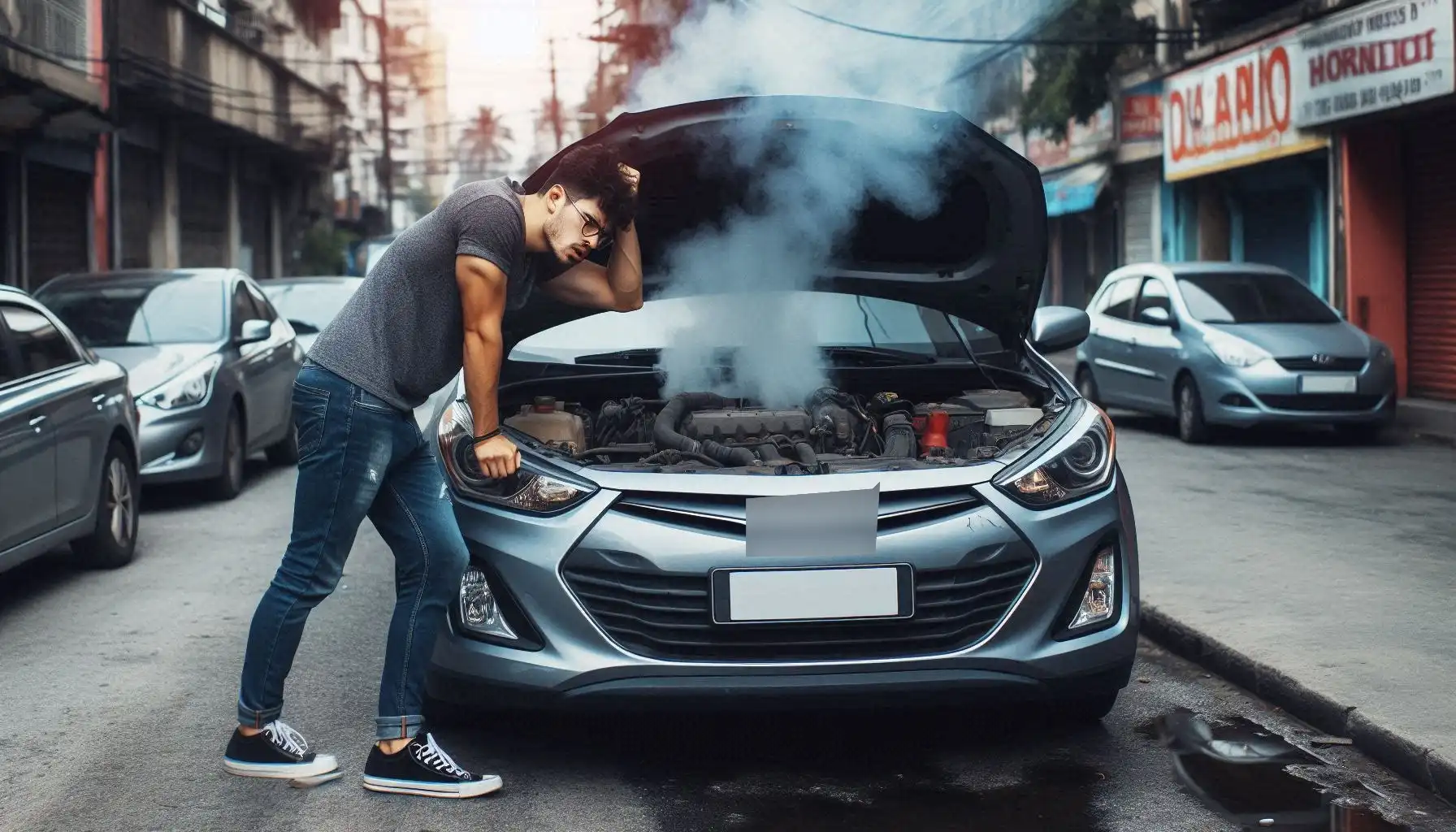
Hyundai and Kia Engine Trouble: Identification, Prevention, and Solution
Whether you are a seasoned car enthusiast or a new owner, it pays to be well-informed on the factors that might be the cause of Kia engine trouble or Hyundai

Whether you are a seasoned car enthusiast or a new owner, it pays to be well-informed on the factors that might be the cause of Kia engine trouble or Hyundai

When rebuilding an engine, every detail matters; this is particularly true when installing a crankshaft with new bearings in a Hyundai or Kia 2.4 GDI engine. This stage of the

Any service or repair work in a vehicle requires huge knowledge on the inner structure that makes up your engine. Amongst these critical parts of an internal structure, there happens
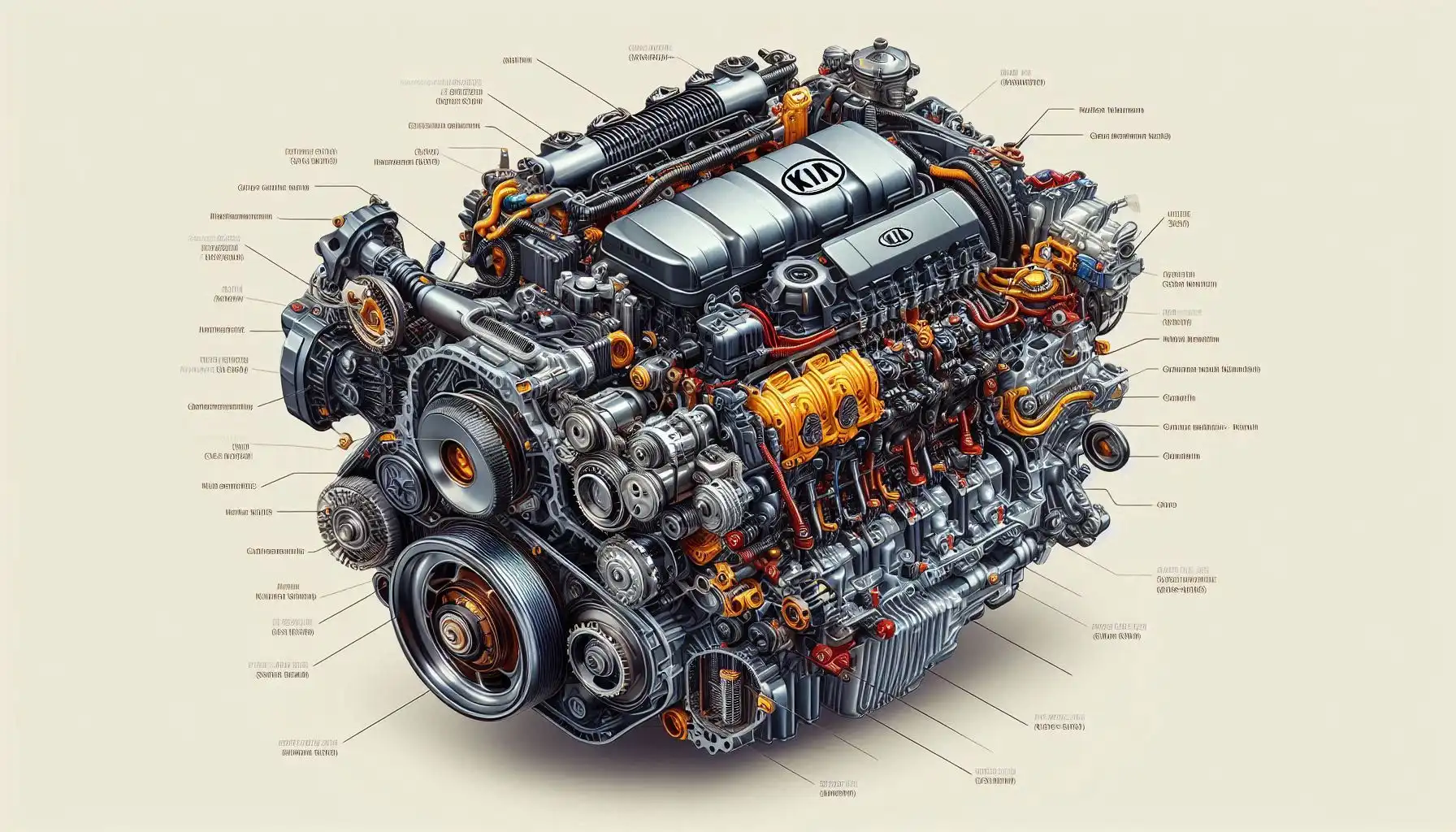
Kia engines are a hot topic among many consumers today. When it comes to reliable and high-performing engines, Kia has made a name for itself in the automotive industry. Kia

Hyundai crankshaft failure often led to engine damage as well. Just In 2020, Hyundai recalled 129,000 vehicles due to crankshaft failures. Most of these vehicles included 2012 Santa Fes, 2011–2013
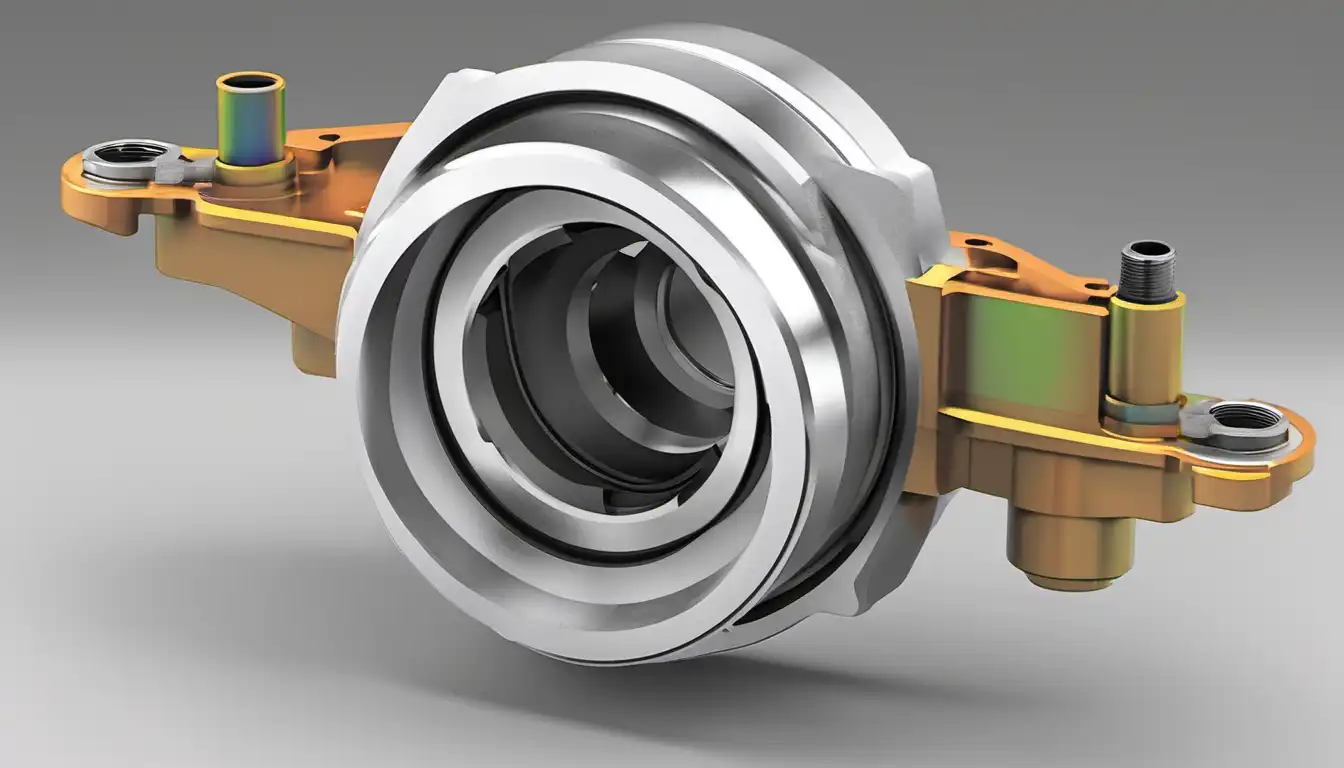
The crankshaft position sensor, also known as the Engine Speed Sensor (ESS), is a Electrical System Parts of a vehicle which is responsible for calculating and transmitting location information related

A crankshaft is a mechanical part of car’s engine that turns the up-and-down movement of the pistons into circular motion. It has to be super strong and tough because it
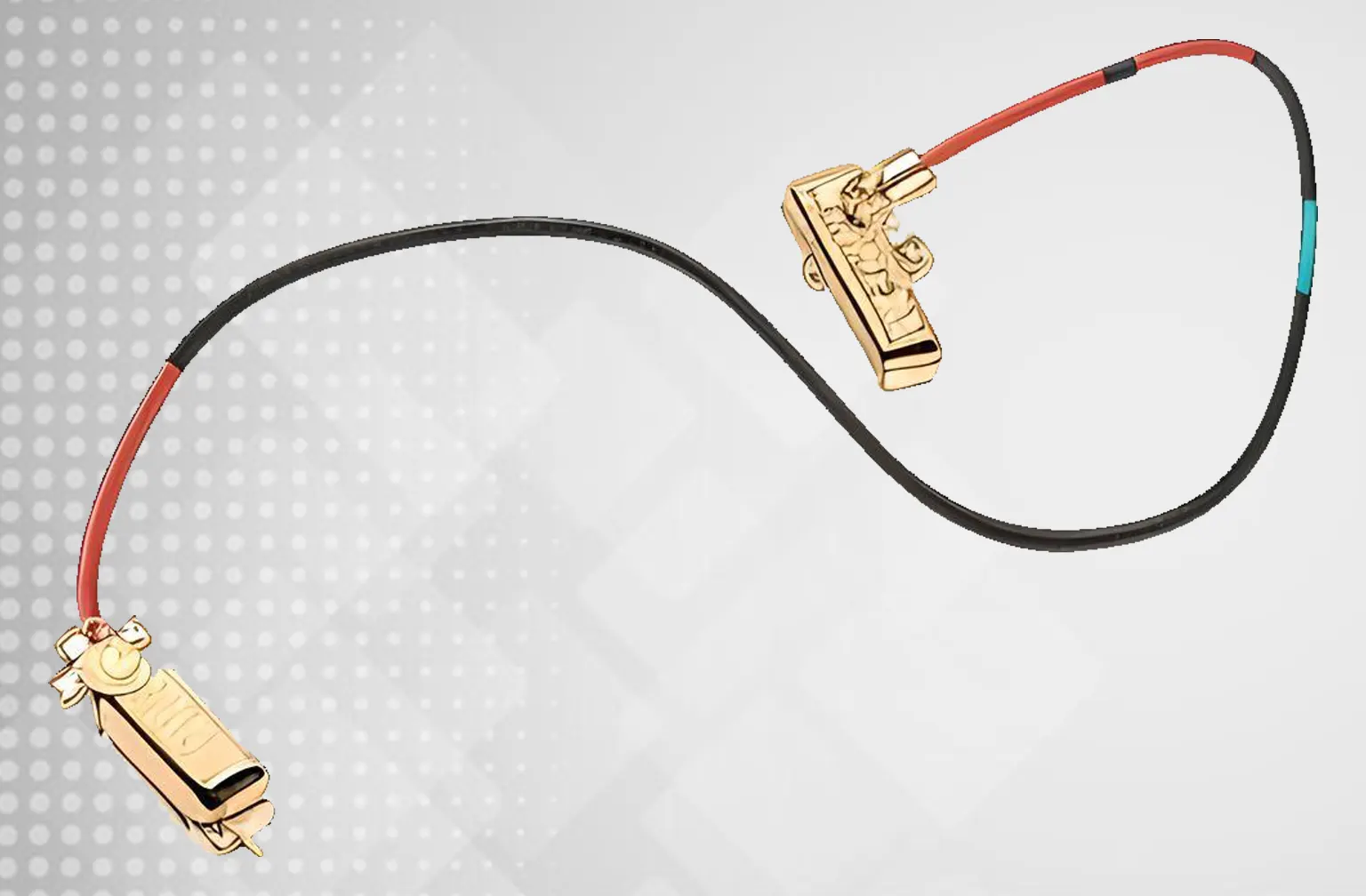
Imagine this: you’re cruising down the road, windows down, singing along to your favorite tunes. Suddenly, your car sputters and dies. No warning, no drama, just…silence. What happened? The culprit

Crankshafts are super crucial for car engines. They turn the back-forth motion of the pistons into a round-and-round motion that makes the wheels spin. But sometimes, crankshafts can break for


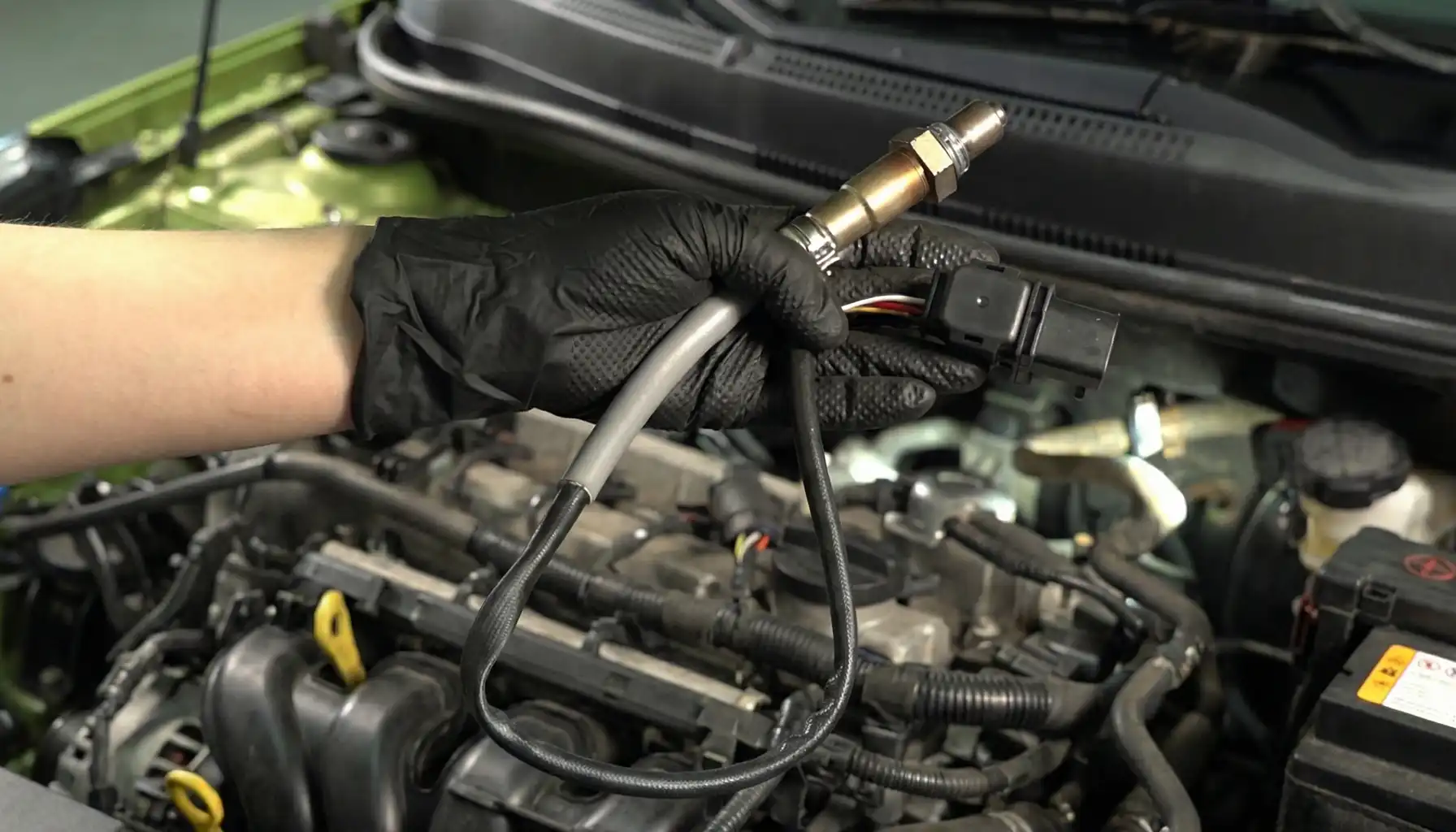
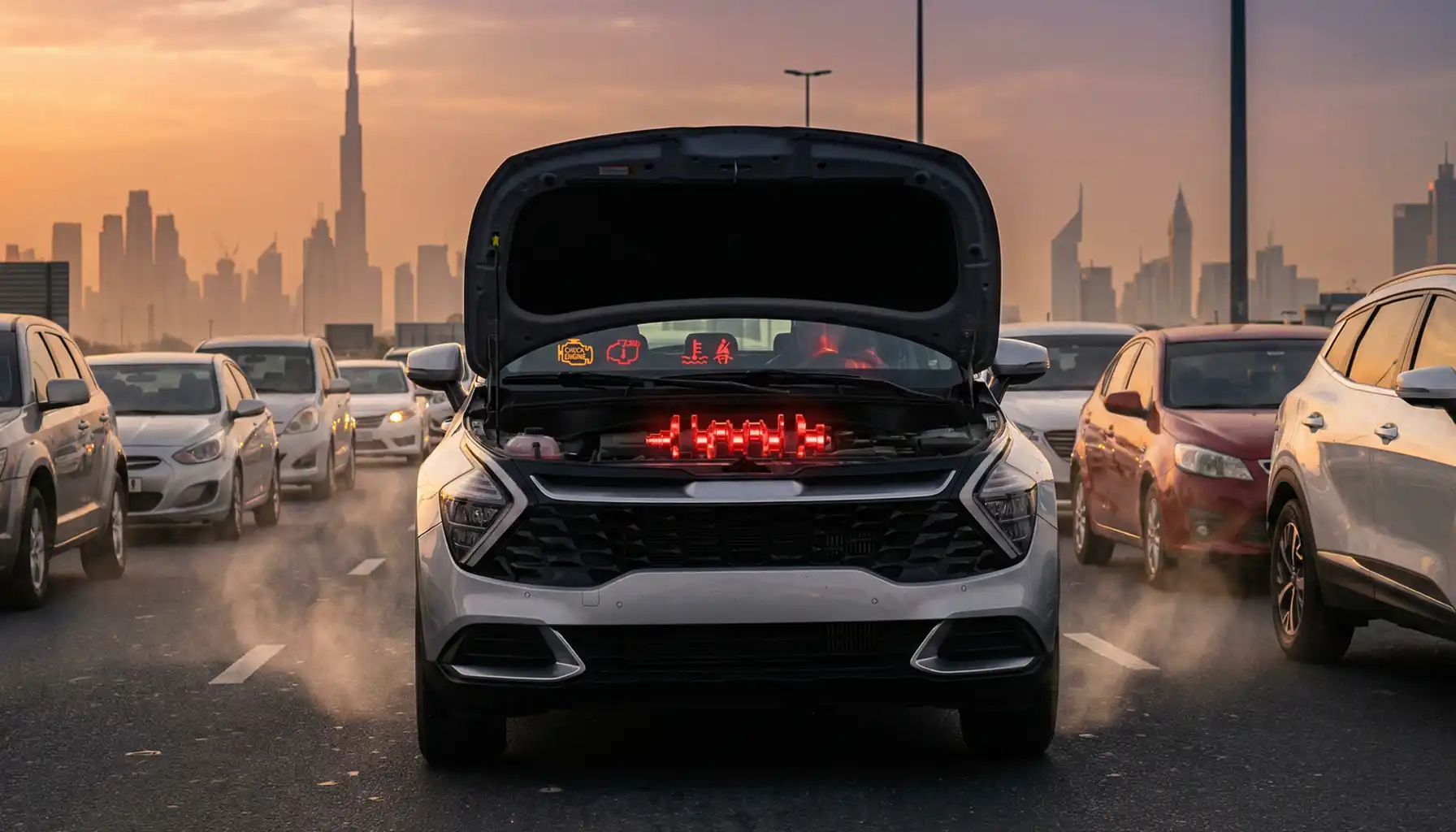
The crankshaft of a car is a rotating shaft inside the engine block that converts the linear movements of the piston into rotational movements.
This shaft is a significant part of the process of transferring power to the wheels.
Crankshafts collaborate with connecting rods to facilitate the transfer of engine power. As a result, the crankshaft converts the piston’s linear movement into rotational movement.
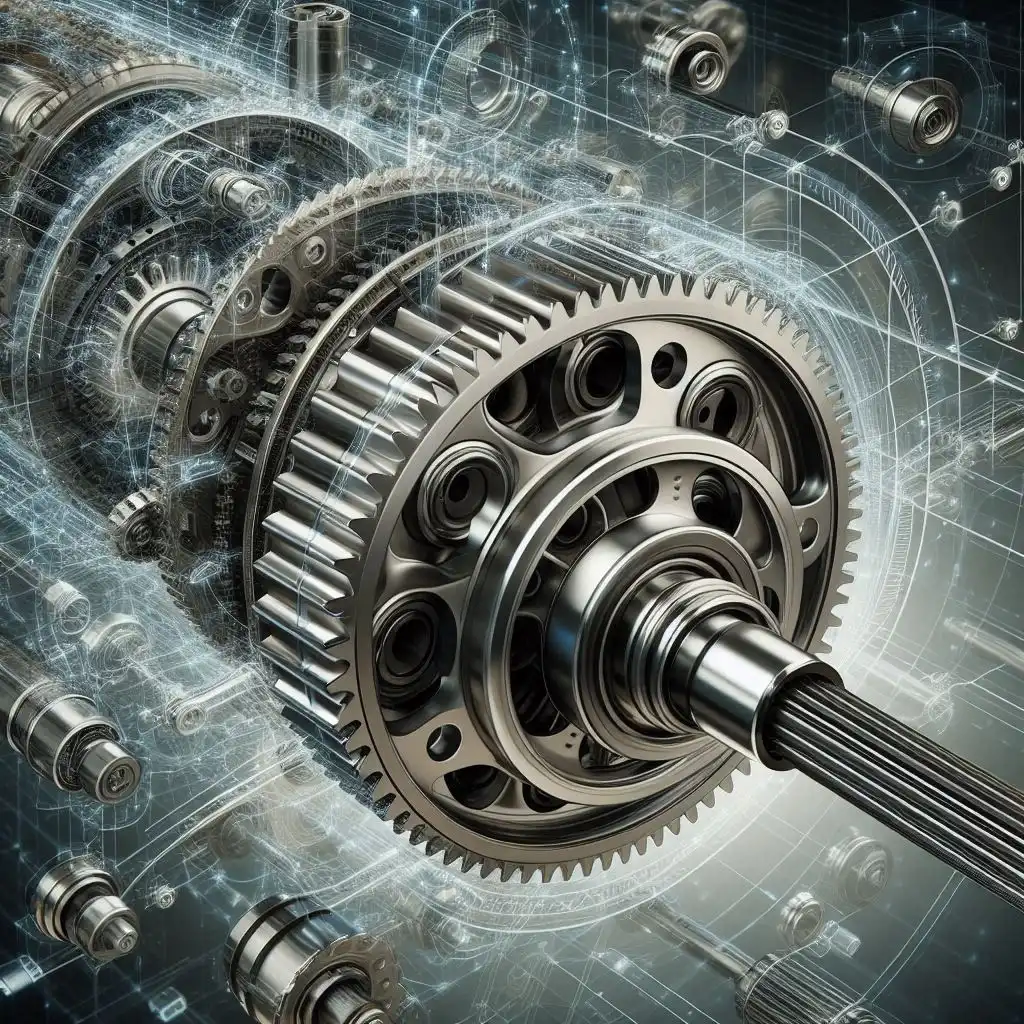
The rotational movement converted from the crankshaft causes the car’s wheels to move. The crankshaft is made up of several pieces to facilitate the movement of the vehicle.
To better understand the function of this piece, it is better to examine the role of the crankshaft in a four-stroke engine.
In the first step, the piston moves from the top dead center to the bottom dead center. At the time of descent, the piston inside the cylinder connected to the crankshaft via the con-rods.
Therefore, we witness the conversion of linear movement into rotational movement. Also, the crankshaft transfers this rotational movement to the camshaft.
The rotational movement received from the crankshaft will facilitate the opening of the intake valve, and as a result, the fuel and air mixture will enter the combustion chamber.
In this mixture in the combustion chamber, the piston moves from the bottom dead center to the top, compressing the fuel and air mixture.

Also, with the upward movement of the piston, we witness the crankshaft’s closing of the intake and exhaust valves, which completes the compression process.
This process also completes the crankshaft’s first round. In the next step, we witness sparking, which causes combustion, and the heat resulting from it causes the piston to move downwards.
With the piston moving downwards, its linear movement is converted into rotational movement. The rotational movement also is transferred to the flywheel, and finally, the car’s wheels start to move.
Hyundai and Kia crankshafts are among the parts with a high lifespan, but failure and breakdown are possible due to the reasons mentioned above. But what are the symptoms of crankshaft failure?
Below, we have referred to some of these cases:
If you are faced with the failure and problem of the crankshaft of Kia and Hyundai cars, you can purchase these parts from Arsintrading, which offers the best quality and most reputable brands.
Replacing the crankshaft of Hyundai and Kia cars is not easy and has a high cost, and many factors will affect the cost of replacing this piece:
The mechanic’s wage is one of the main factors raising the crankshaft’s repair or replacement cost. This is due to the high expertise needed to replace the piece.

The engine must disassemble to replace the crankshaft. Of course, such work is time-consuming and requires a high level of expertise.
The condition of the engine also affects the cost of replacing the crankshaft. In most cases, other parts, besides the crankshaft, must be replaced.
For example, you may have to replace bearings, connecting rods, and even the camshaft. Some mechanics also recommend repairing or replacing cylinders or other parts when replacing the crankshaft.
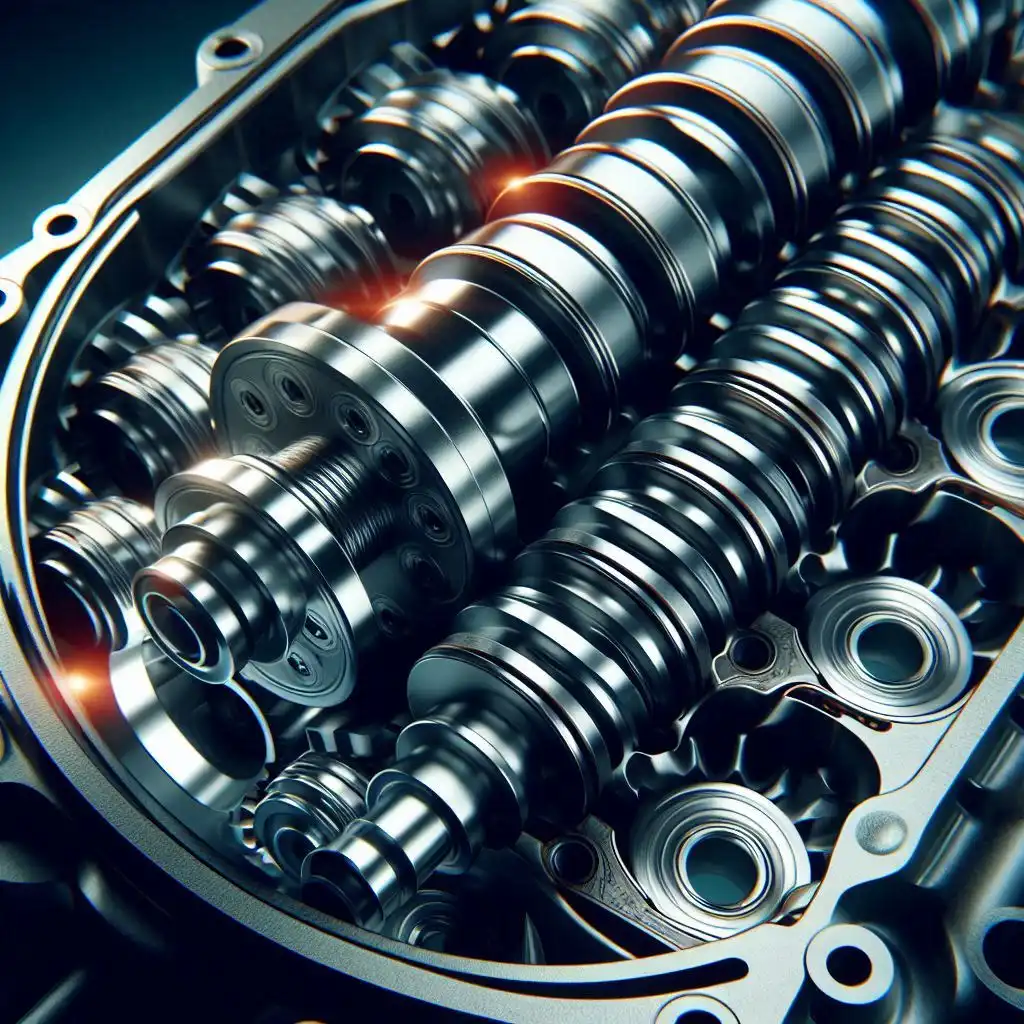
Crankshafts are usually offered by car manufacturers, and finding their various samples can be challenging, because each manufacturer designs and produces crankshafts specific to the models they produce, ensuring optimal performance and compatibility.
Furthermore, some high-performance or luxury car manufacturers may use special materials or proprietary manufacturing processes for their crankshafts, adding another layer of complexity to their replication and availability in the aftermarket.

Technically known as a vacuum servo, the Kia brake booster is the component responsible for amplifying the mechanical force the driver apply to the brake

The Korean car brand Hyundai enjoys wide fame and is considered one of the most popular cars in UAE. This is due to the modern

Some reports across the UAE recently indicate that owners of Hyundai models are facing problems with O2 sensors of their vehicles. Hyundai O2 Sensor Failure

Various reports from users of the UAE, Dubai, Sharjah and Abu Dhabi, in some of the forums and social medias shows that some of the
For Consultation WhatsApp us